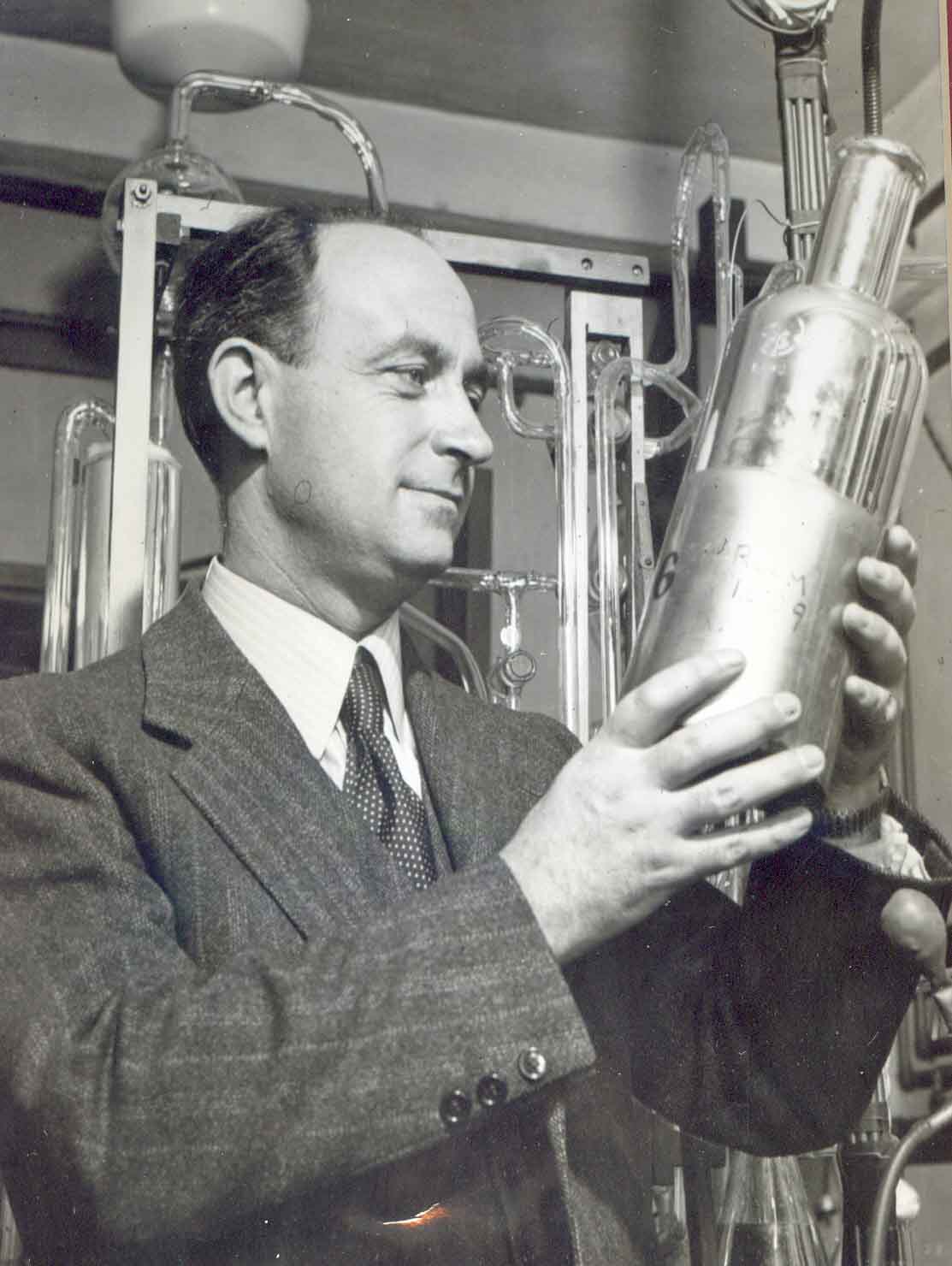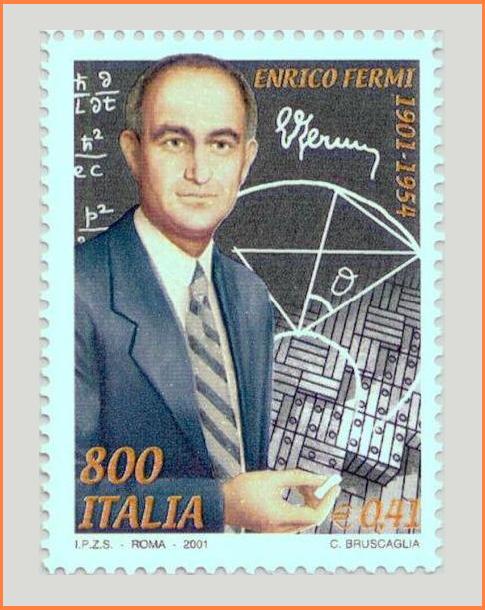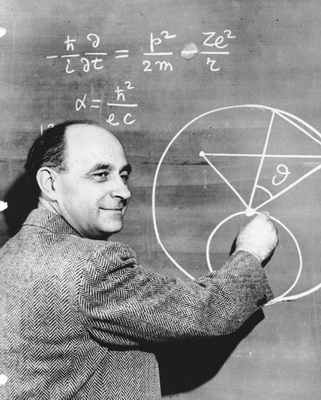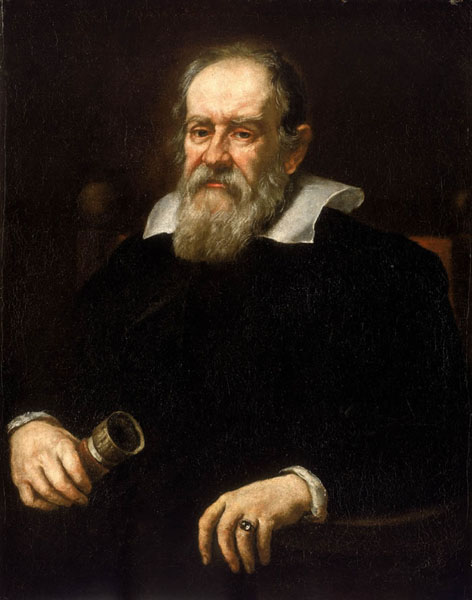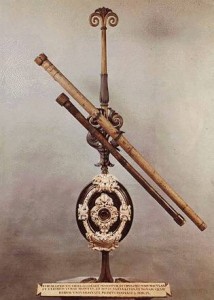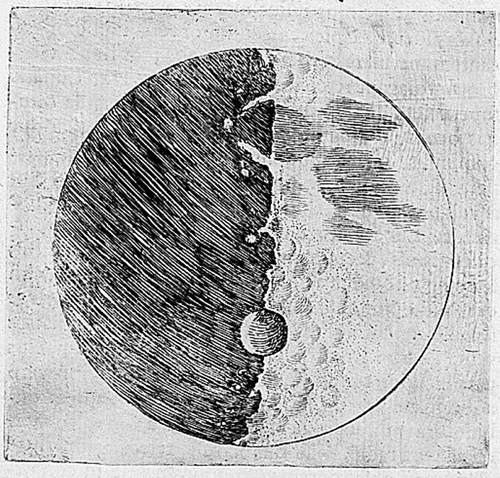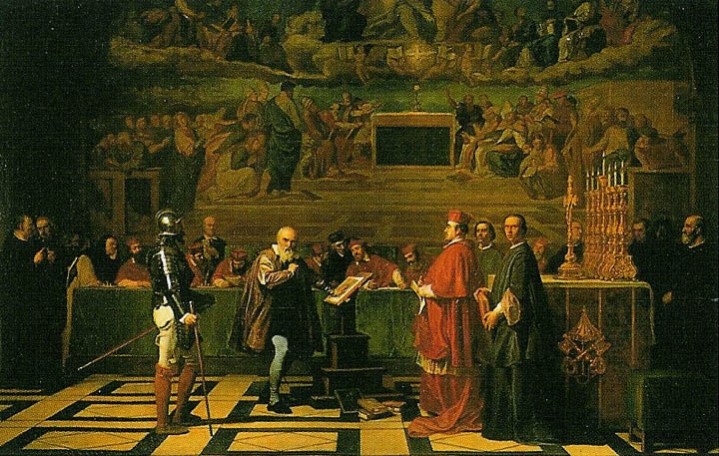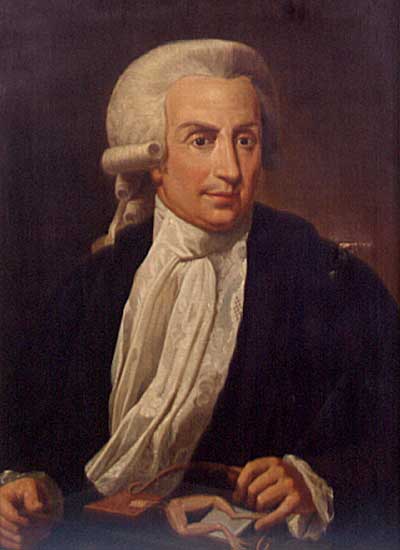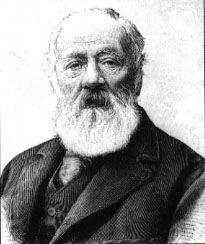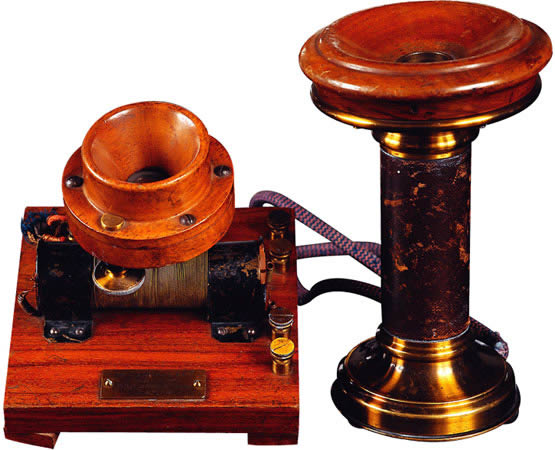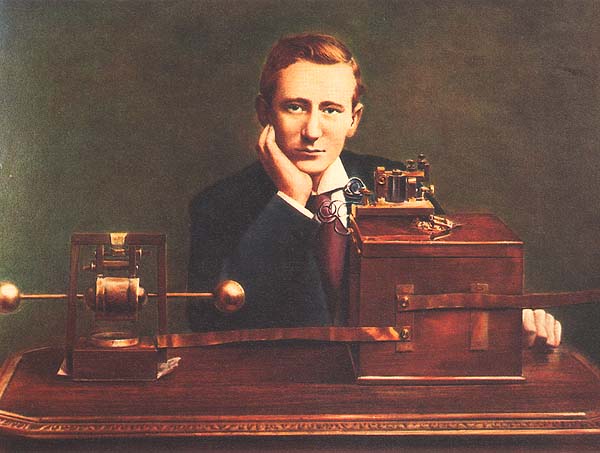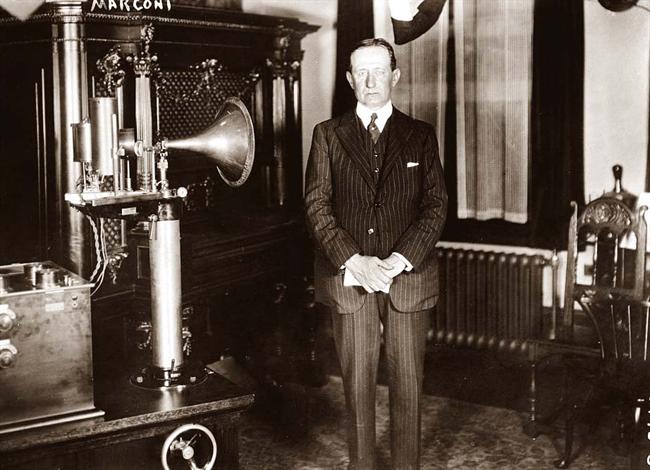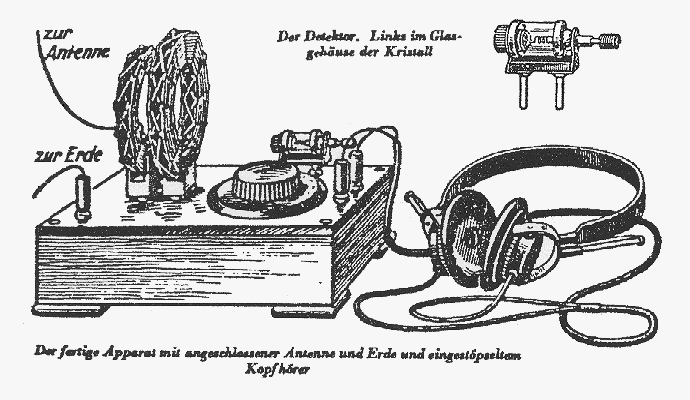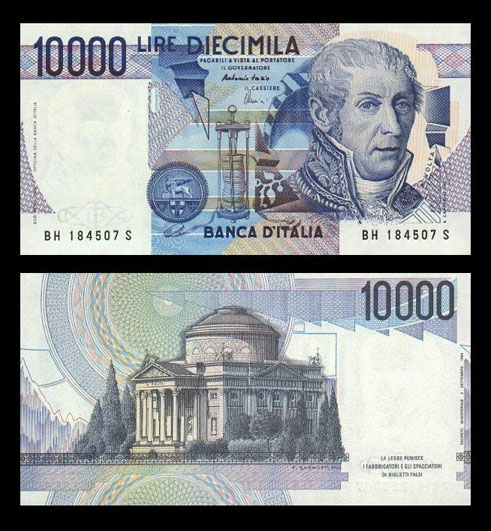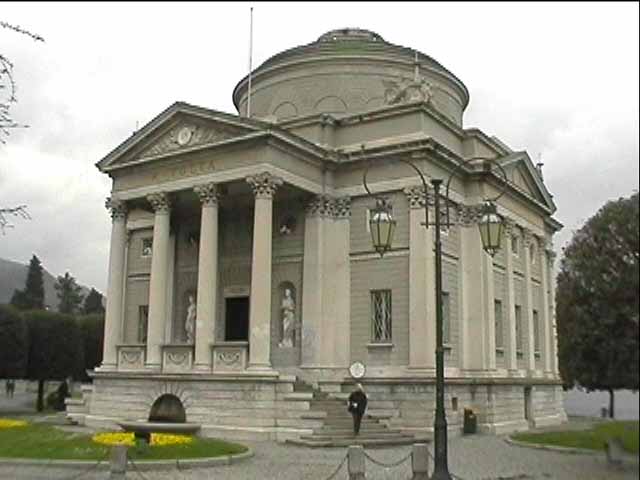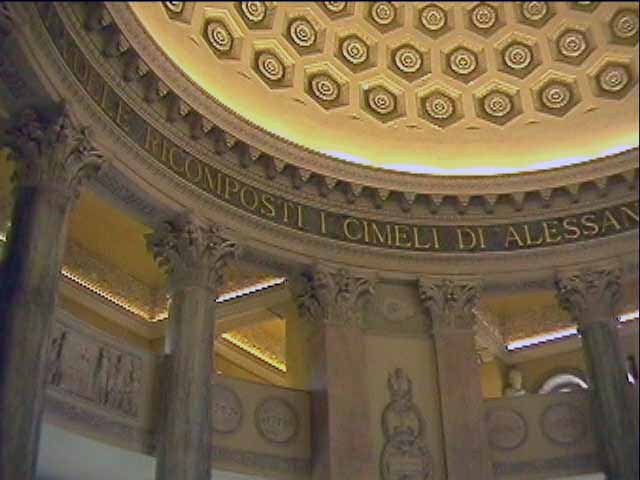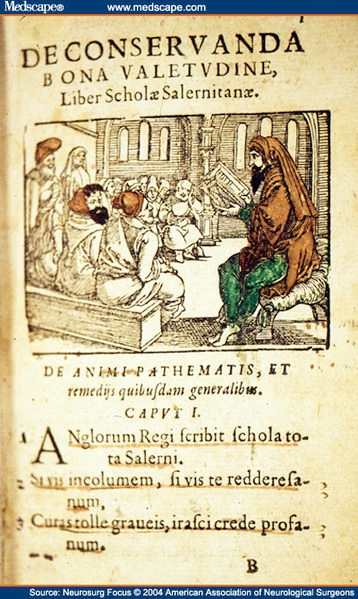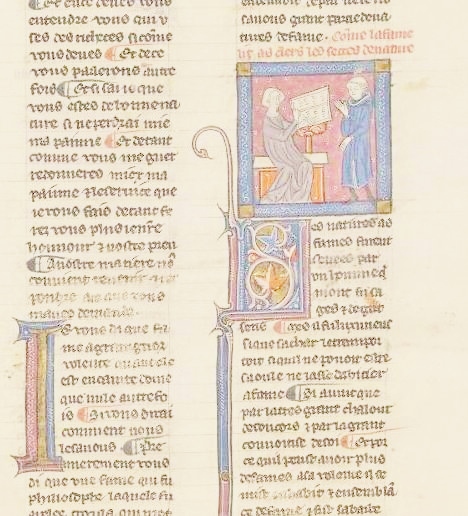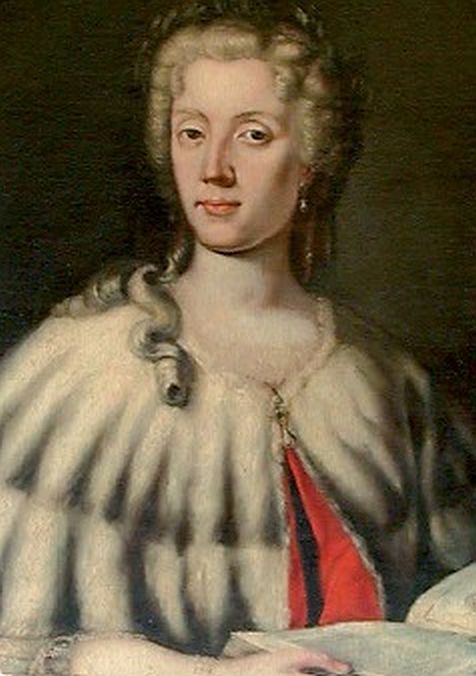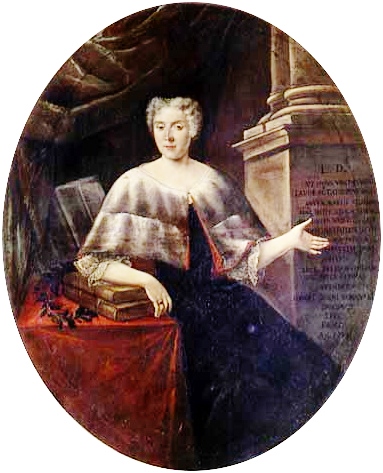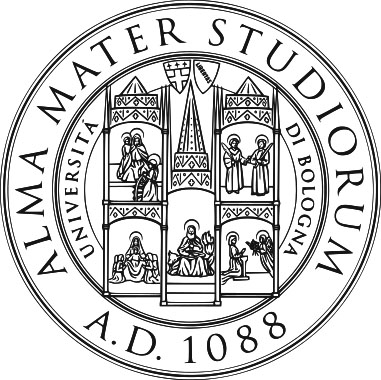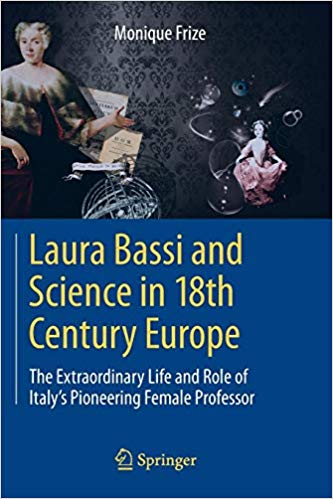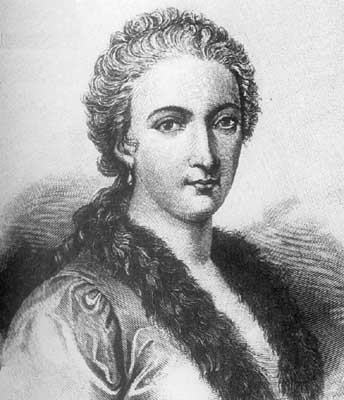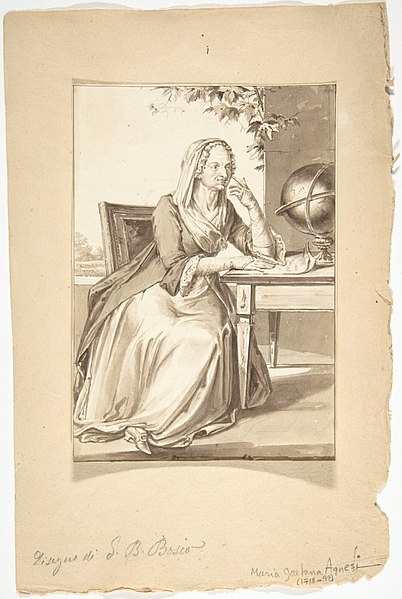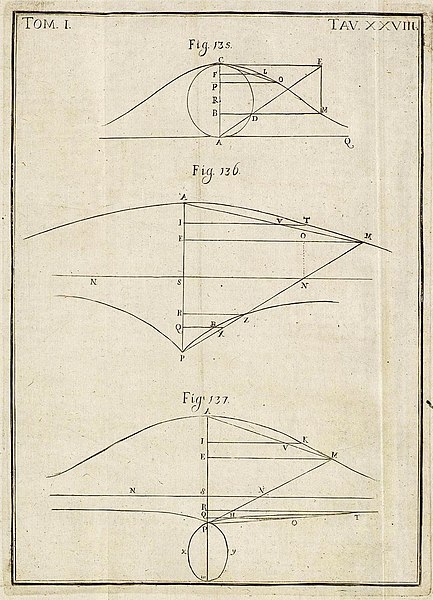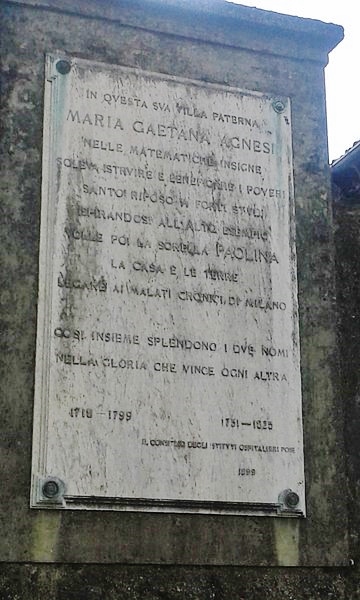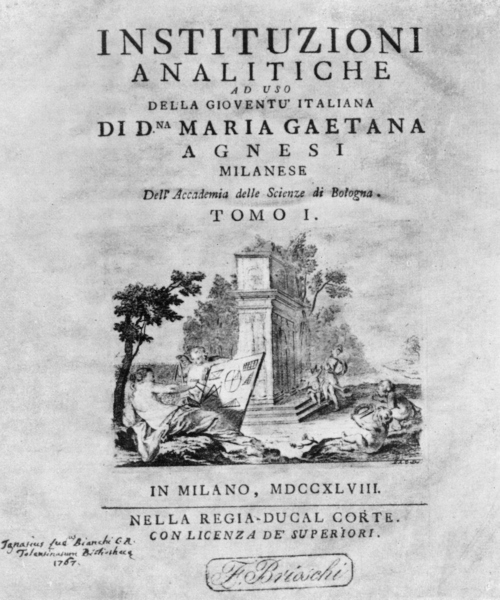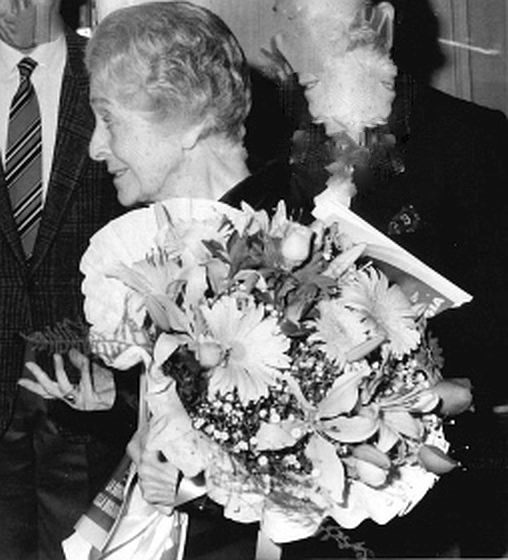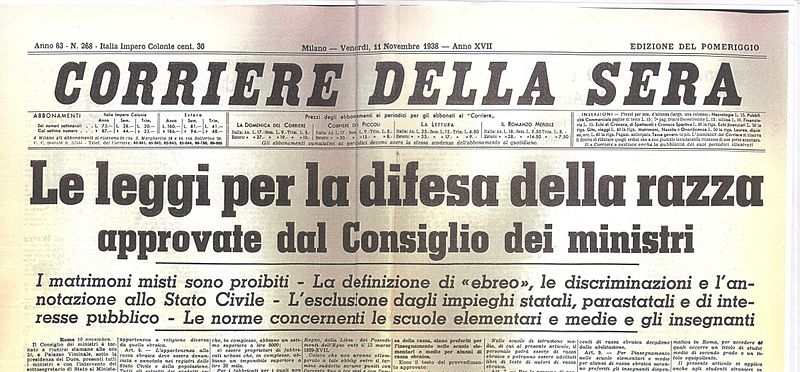With this goal, he left Cuba for New York in 1850, settling in the Clifton section of Staten Island, a few miles from New York City. Here, in addition to his problems of a strictly financial nature, Meucci realized that he could not communicate adequately in English, having relied on the similarities of Italian and Spanish during his Cuban residence. Furthermore, in Staten Island, he found himself surrounded by Italian political refugees; Giuseppe Garibaldi, when exiled from Italy, spent his period of United States residency in Meucci's house. The scientist tried to help his Italian friends by devising any number of industrial projects using new or improved manufacturing methods for such diverse products as beer, candles, pianos and paper. But he knew nothing of management, and even those initiatives which succeeded were to have their profits eaten up by unscrupulous or inept managers or by the refugees themselves, who spent more time in political discussion than they did in active work. Meanwhile, Meucci continued to dedicate his time to perfecting the telephone. In 1855, when his wife became partially paralyzed, Meucci set up a telephone system which joined several rooms of his house with his workshop in another building nearby, the first such installation anywhere. In 1860, when the instrument had become practical, Meucci organized a demonstration to attract financial backing in which a singer's voice was clearly heard by spectators a considerable distance away. A description of the apparatus was soon published in one of New York's Italian newspapers and the report together with a model of the invention were taken to Italy by a certain Signor Bendelari with the goal of arranging production there; nothing came of this trip, nor of the many promises of financial support which had been forthcoming after the demonstration.
The years which followed brought increasing poverty to an embittered and discouraged Meucci, who nonetheless continued to produce a series of new inventions. His precarious financial situation, however, often constrained him to sell the rights to his inventions, and still left him without the wherewithal to take out final patents on the telephone.
A dramatic event, in which Meucci was severely burned in the explosion of the steamship Westfield returning from New York, brought things to an even more tragic state. While Meucci lay in hospital, miraculously alive after the disaster, his wife sold many of his working models (including the telephone prototype) and other materials to a secondhand dealer for six dollars. When Meucci sought to buy these precious objects back, he was told that they had been resold to an "unknown young man" whose identity remains a mystery to this day.
Crushed, but not beaten, Meucci worked night and day to reconstruct his invention and to produce new designs and specifications, clearly apprehensive that someone could steal the device before he could have it patented. Unable to raise the sum for a definitive patent ($250, considerable in those days), he took recourse in the caveat or notice of intent, which was registered on December 28, 1871 and renewed in 1872 and 1873 but, fatefully, not thereafter.
Immediately after he received certification of the caveat, Meucci tried again to demonstrate the enormous potential of the device, delivering a model and technical details to the vice president of one of the affiliates of the newly established Western Union Telegraph Company, asking permission to demonstrate his "Talking Telegraph" on the wires of the Western Union system. However, each time that Meucci contacted this vice president, a certain Edward B. Grant, he was told that there had been no time to arrange the test. Two years passed, after which Meucci demanded the return of his materials, only to be told that they had been "lost." It was then 1874.
In 1876, Alexander Graham Bell filed a patent which does not really describe the telephone but refers to it as such. When Meucci learned of this, he instructed his lawyer to protest to the U.S. Patent Office in Washington, something that was never done. However, a friend did contact Washington, only to learn that all the documents relevant to the "Talking Telegraph" filed in Meucci's caveat had been "lost." Later investigation produced evidence of illegal relationships linking certain employees of the Patent Office and officials of Bell's company. And later, in the course of litigation between Bell and Western Union, it was revealed that Bell had agreed to pay Western Union 20 percent of profits from commercialization of his "invention" for a period of 17 years. Millions of dollars were involved, but the price may been cheaper than revealing facts better left hidden, from Bell's point of view.
In the court case of 1886, although Bell's lawyers tried to turn aside Meucci's suit against their client, he was able to explain every detail of his invention so clearly as to leave little doubt of his veracity, although he did not win the case against the superior - and vastly richer - forces fielded by Bell. Despite a public statement by the then Secretary of State that "there exists sufficient proof to give priority to Meucci in the invention of the telephone," and despite the fact that the United States initiated prosecution for fraud against Bell's patent, the trial was postponed from year to year until, at the death of Meucci in 1889, the case was dropped.
The story of Antonio Meucci is still little known, yet it is one of the most extraordinary episodes in American history, albeit an episode in which justice was perverted. Still, the genius and perseverance of an Italian immigrant - genius, poor businessman, tenacious defender of his rights against incredible odds and grinding poverty - is a story which must be told. Antonio Meucci is waiting to be recognized as the inventor of a key element in our modern culture.
Here are some other relevant websites:
The Garibaldi-Meucci Museum
Antonio Meucci - Written by Admin on June 10, 2019 in Heroes-villainsAntonio Meucci
Antonio Meucci: Famous Scientists
Bell did not invent telephone, US rules
The Garibaldi Meucci Museum
